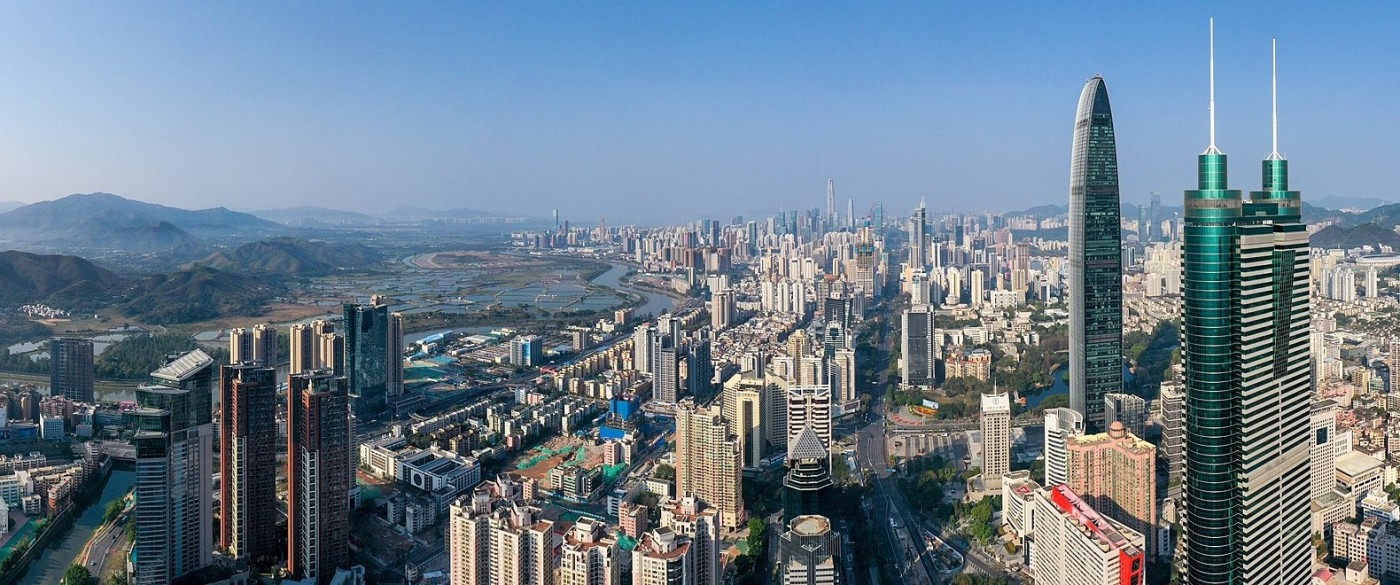A tale of two tragedies: Censorship in China
It was the best of times, it was the worst of times. A day when the sun cast its indifferent light over Beijing, yet the flag outside the Japanese Embassy stood mournfully at half-mast, draped in the weight of unspoken grief. Yoshiko Kijima, the Japanese consul-general in Guangzhou, revealed that a 10-year-old Japanese boy died in a hospital in the early hours of September 19. Just a day earlier, he had been stabbed near the vicinity of his school.
September 18 2024 marks the 93rd anniversary of the Mukden Incident, a critical event in Chinese history that marked the beginning of Japan’s large-scale military invasion of northeastern China (Manchuria). The incident unfolded on the night of September 18 1931 when the Japanese Army blew up a section of the South Manchuria Railway near the city of Shenyang (then Mukden), accusing Chinese forces of sabotage. This act, which Japan later claimed was an unprovoked attack by China, provided a pretext for Japan’s military actions in the region.
Censorship, rather than providing solutions, merely obscured the root causes of violence
In the early hours of the anniversary morning, on the streets near Shenzhen Japanese School, the echoes of history seemed to re-sound as a young boy – an innocent bystander – fell victim to violence in a city that had seen rapid economic transformation. Just as the country remembered the dark chapter of the Mukden Incident, this tragedy, unfolding 93 years later, would cast yet another shadow. The boy was assaulted as he made his way to class, receiving multiple stabbings to his abdomen and thigh. The incident occurred approximately 200 meters from the school gates, an area frequented by children on their way to school each morning.
Little is known about the suspect, Zhong, a 44-year-old with no fixed occupation. On October 18, The Yomiuri Shimbun, citing informed sources, reported that the suspect, frustrated by his inability to find a job, “harbored a sense of social dissatisfaction and wanted to do something significant”. He believed that stabbing a Japanese person would provoke a strong reaction and possibly gain some support. Zhong, a non-native of Guangdong Province, was living in Dongguan at the time of the incident, and he had located the Japanese school’s address through an online search.
China’s state-owned media downplayed the incident, branding it as an “isolated event,” while dissenting voices were swiftly stifled. Despite this, voices advocating for introspection confronted the unchecked rise of anti-Japanese sentiment, rooted in Chinese propaganda and perpetuated by a state that thrives on xenophobia nationalism. As debates around the motives of the attacks and the societal conditions that enabled them were rapidly silenced, the Chinese government’s tight control over information prevented any in-depth examination of the causes, such as the social discontent fueled by economic struggles. Censorship, rather than providing solutions, merely obscured the root causes of violence. The underlying grievances remain unresolved with the government’s constant denial of transparency regarding the attackers’ identities and motives and the lack of public space for free discussion.
The Chinese government’s control over information in incidents with high death tolls is typically aimed at preventing panic and avoiding a ‘copycat effect’
It was no surprise that when a driver of an SUV rammed his vehicle into passersby on an exercise track in Zhuhai, a city merely 37 miles away from Shenzhen, Chinese authorities swiftly exercised their censorship apparatus to control the narrative surrounding the incident. Within hours of the incident, Chinese media outlets were instructed not to report on the attack, and any online posts, images, or videos showing the event were swiftly deleted. Meanwhile, Western journalists attempting to report on the incident were confronted by suspected officials masquerading as locals, who interrupted their live coverage and pressured them to delete their material. Local officials also cordoned off areas where victims were treated, preventing journalists from speaking with family members.
Rose Luqiu, a researcher for Chinese censorship from Hong Kong Baptist University, explained that the Chinese government’s control over information in incidents with high death tolls is typically aimed at preventing panic and avoiding a ‘copycat effect,’ where media coverage might incite similar acts of violence. Ironically, this rationale does not apply in the case of the stabbing of a 10-year-old Japanese boy, as the Chinese government has long supported and propagated anti-Japanese sentiment due to both historical grievances and contemporary geopolitical tensions. This sentiment, which encourages hatred and violence against Japan, directly contributed to the attack on the boy. The Chinese government, far from discouraging such violence, condones it, as it aligns with its broader nationalist narrative. This selective censorship exposes the contradiction at the heart of the Chinese government’s policies. While advocating for anti-Japanese nationalism and repressive domestic policies, it simultaneously attempts to suppress the very violence it has helped foster. Censorship in China is driven by the Communist Party’s self-serving interest in preserving its power, rather than any legitimate desire to protect the common good.
In the end, these lives will vanish from the public consciousness, erased as though they were never there.

Comments